With the soft shimmer and intricate patterns of your cat's coat, it's no wonder that this feature is often the first thing people notice about your beloved feline friend.
A cat's coat is not just about appearance; it's a testament to their overall health, reflecting quality nutrition, a loving, low-stress environment, and proper grooming.
From the proud Persian with a thick mane to the sleek Siamese with a glossy coat, the diverse world of cat grooming offers something for every pet owner.
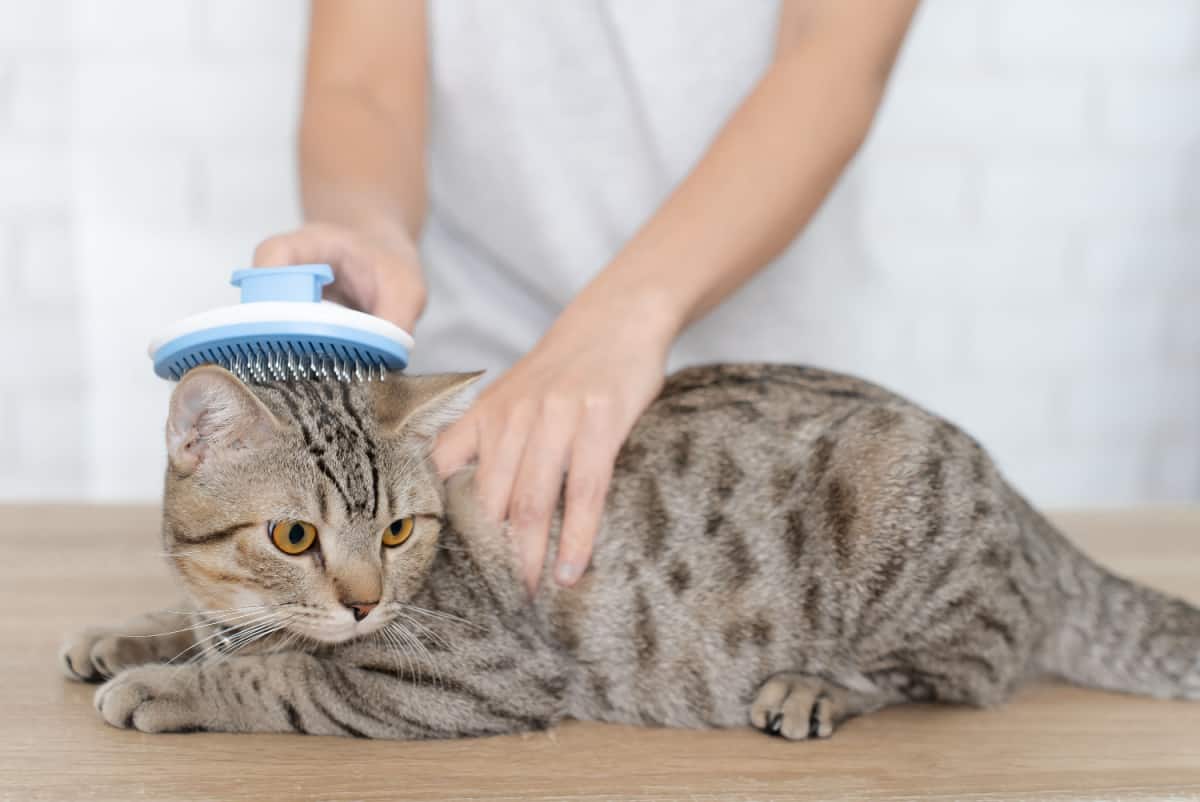
Whether brushing a domestic shorthair once a week or tending to a long-haired beauty daily, understanding your cat's unique coat is essential.
Get ready to learn the secrets to a healthy, radiant coat that your cat will love as much as you do!
How to Care For The Domestic Cat's Coat
Before we get into the details, did you know cats grow two distinct hairs in their coat?
Guard hair, the longer type, constitutes the topcoat, adding a sleek, glossy appearance.
Beneath this lies the dense layer of secondary hair, making up the undercoat, which can be woolly or awn type, and often combines both.
These intricacies of the cat's coat contribute to the texture and feel of different breeds.
Now, let's move on to understanding the various ways to care for your domestic cat's coat, ensuring its health and beauty.
Shorthair Cat's Coat
Most domestic shorthairs need relatively little grooming. Regular brushing, at least once a week, helps to keep the coat looking good, by removing dead hair.
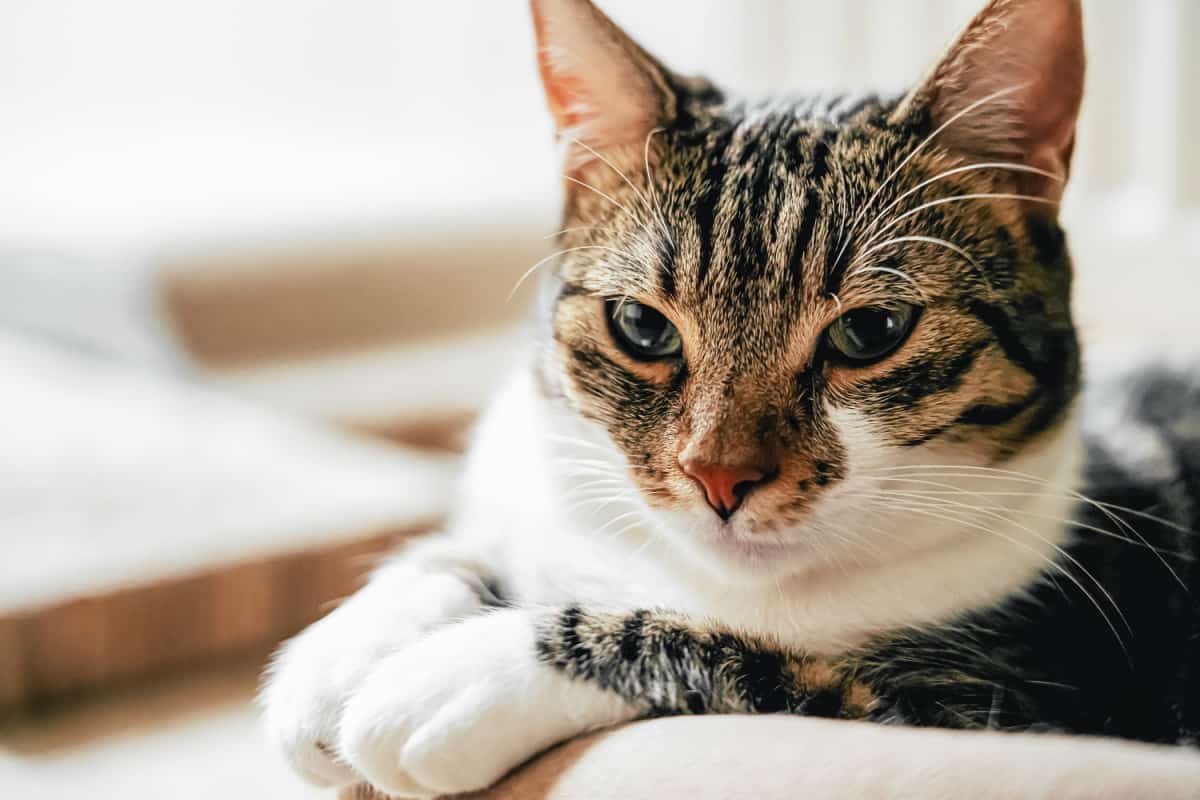
Getting rid of dead hair also prevents it from scattering around your home. It is advised to brush cats often that shed a lot.
Click here to see this cat brush on Amazon.
Usually, it is not necessary to bathe a shorthair cat, unless it gets its coat very dirty. You should also bathe the cat if it is covered with a substance you don't want him to lick off.
SIGN UP FOR THECATSITE'S EMAIL UPDATES >
Longhair Cat's Coat
Many domestic Longhairs must be brushed daily, or at least three times a week, depending on fur length and density. This is necessary to prevent tangles and matting of the fur.
Bathing regularly is also recommended, because the cat may have difficulties keeping its long coat clean.
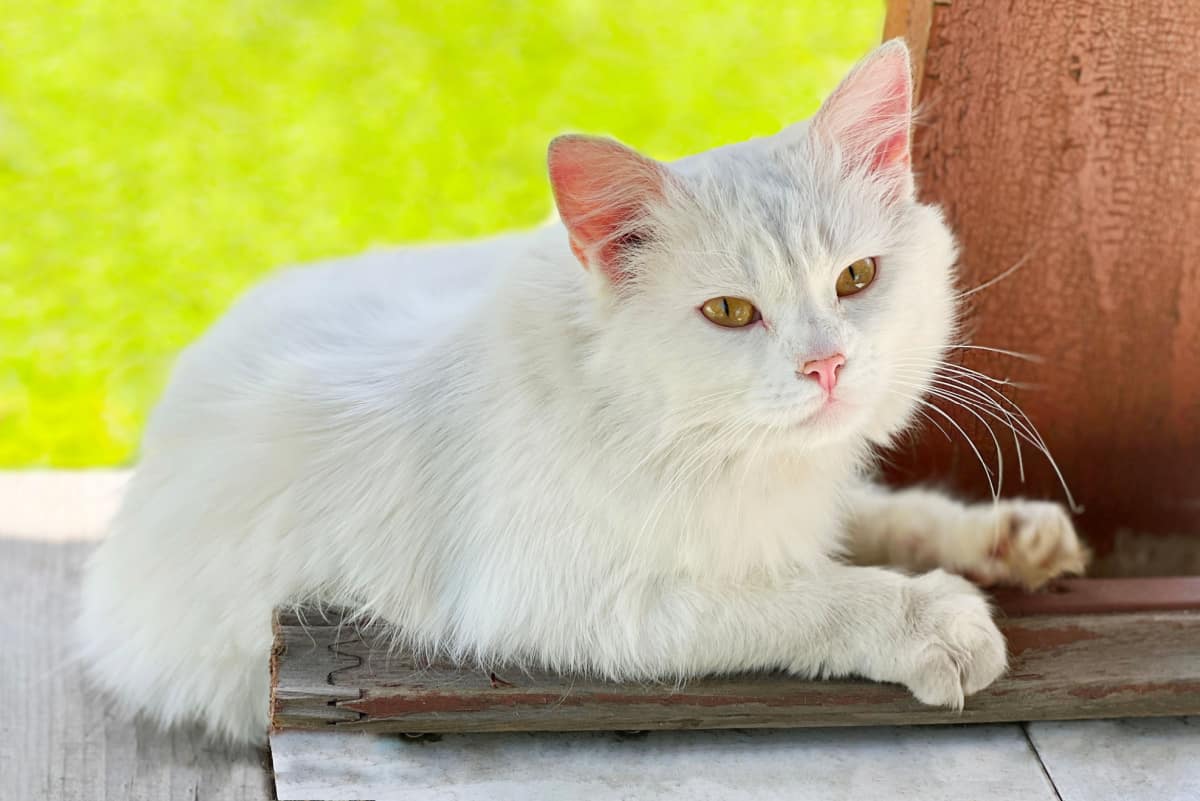
You should also comb your cat for ticks, fleas, and flea eggs if you live in an area where infestations of these pests are tough to control.
This is especially necessary for cats living in rural areas, where they can be outside a great deal.
If you own a purebred cat, it is best to consult with the breeder about the special care its coat needs. Books devoted to the care of specific breeds are also available.
Note that preparing a cat for a showing involves a complex grooming procedure, starting weeks before the show.
This procedure is not covered in this article, and it is best to ask an experienced breeder for advice and even a demonstration.
How to Care For The Specific Cat Breeds' Coat
Here are a few common cat breeds with different coat types and recommended guidelines for grooming them:
Persian/Himalayan Cats
Bathe every few weeks and brush daily. With their luxurious, long coats, Persian and Himalayan cats need consistent grooming to prevent matting and smooth their fur.
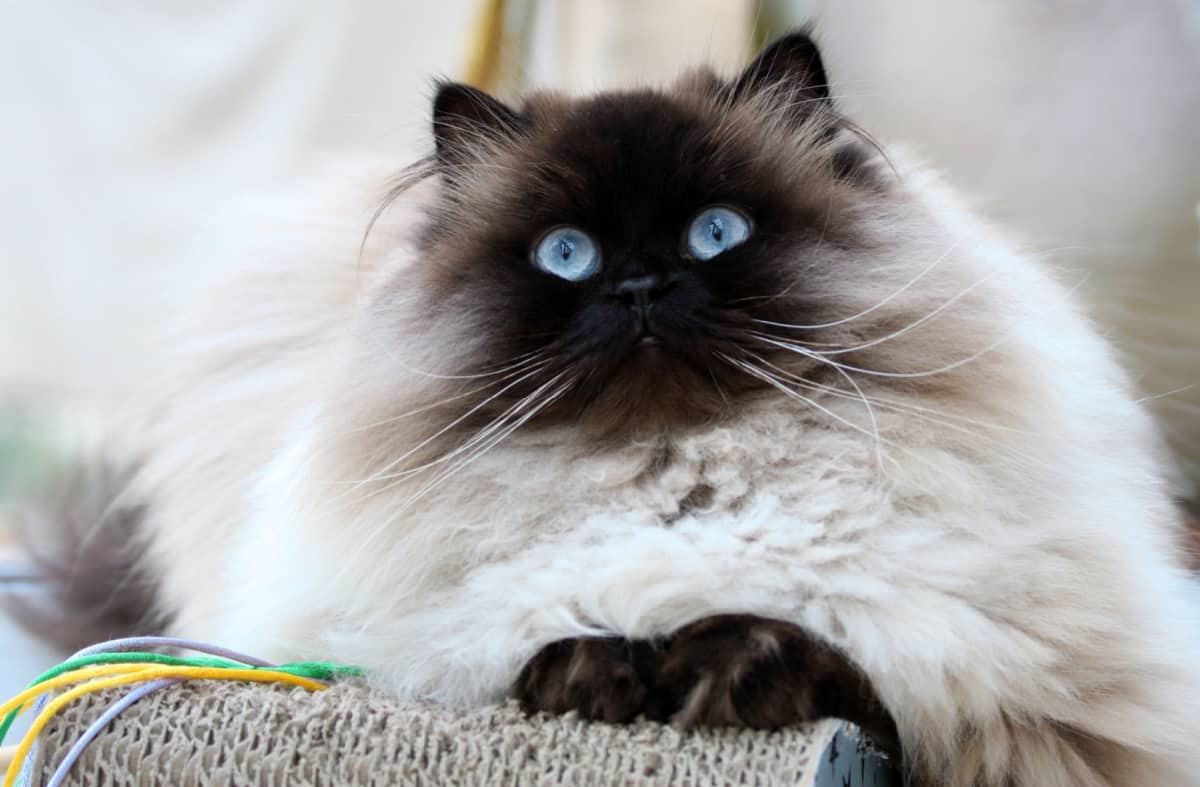
British Shorthair Cats
Brush once a week to remove dead hair. Bathe as necessary. British Shorthairs typically have dense, plush coats that benefit from regular brushing to maintain a soft texture.
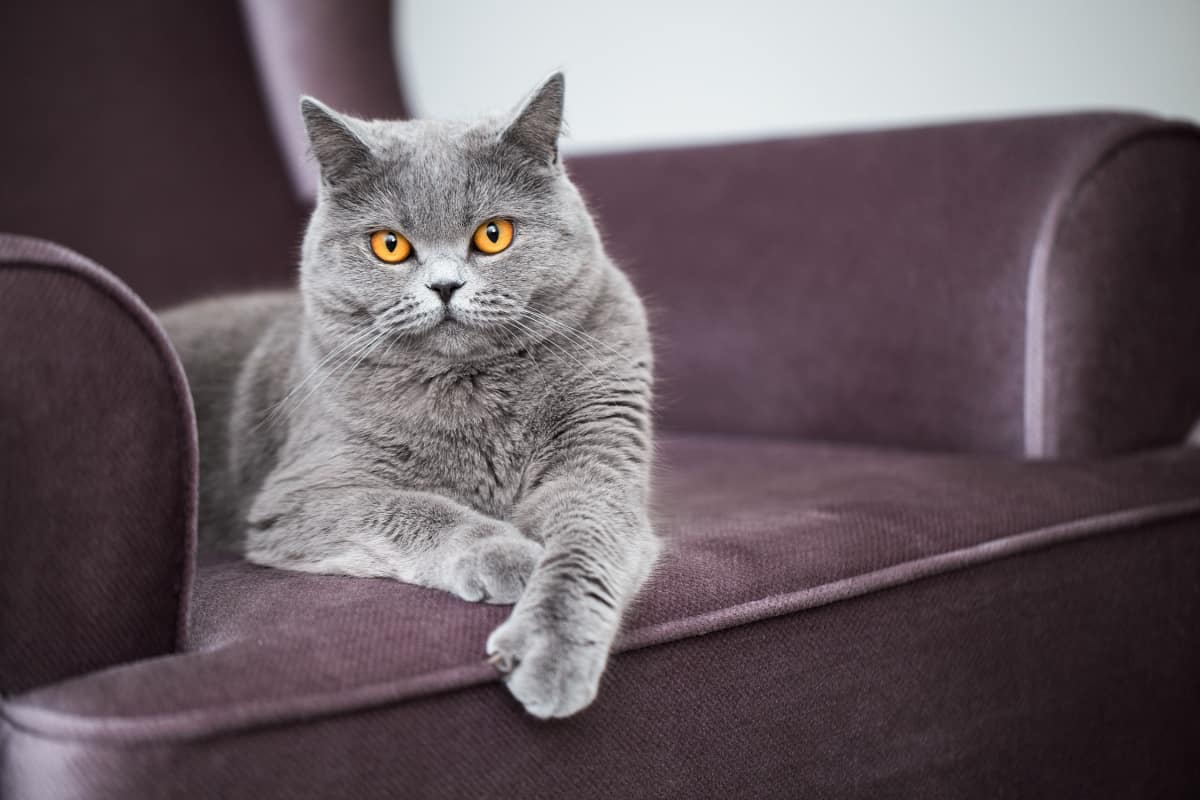
Ragdoll Cats
Brush regularly, at least once a week. Bathe as necessary. Ragdolls' silky coats require regular care to keep them tangle-free and looking their best.
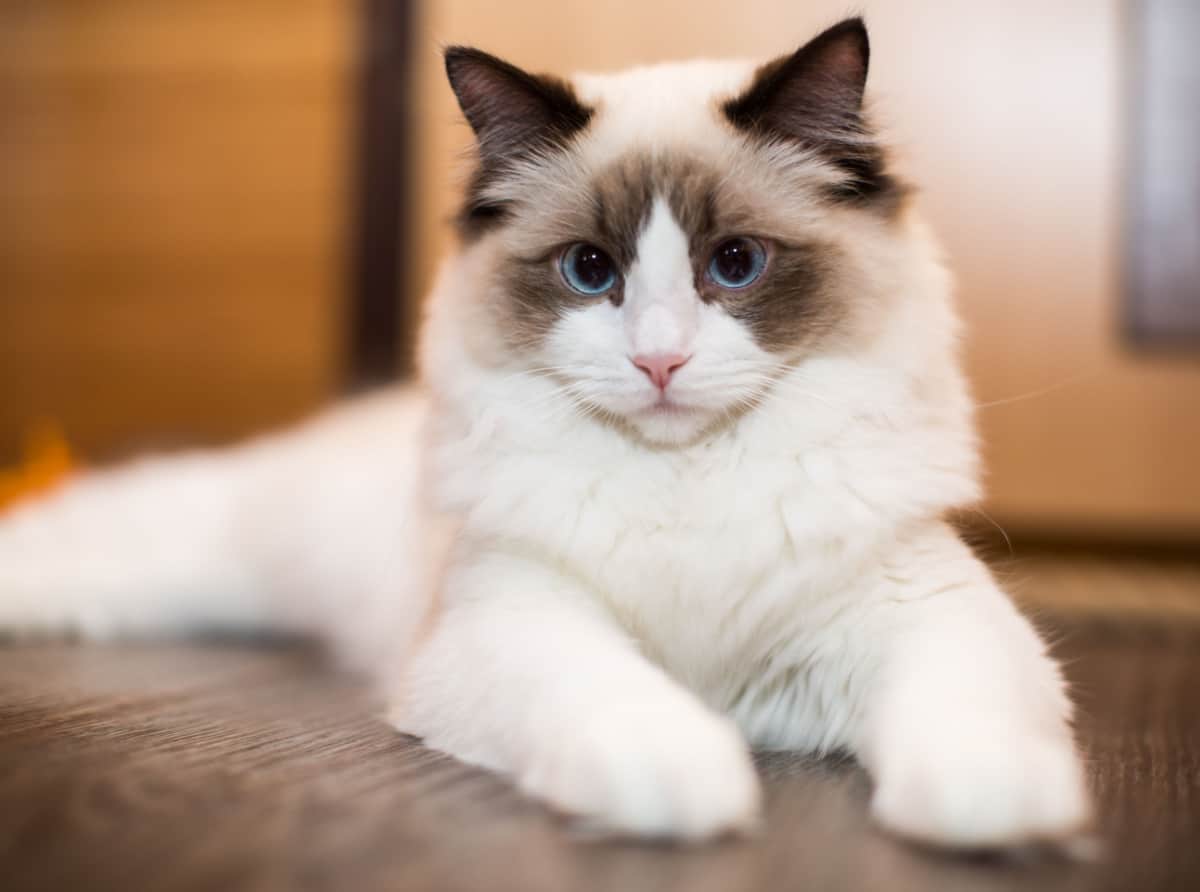
Siamese/Oriental Cats
Brush once a week. Bathe as necessary. These breeds have short, fine coats requiring minimal care, but regular brushing will enhance their natural shine.
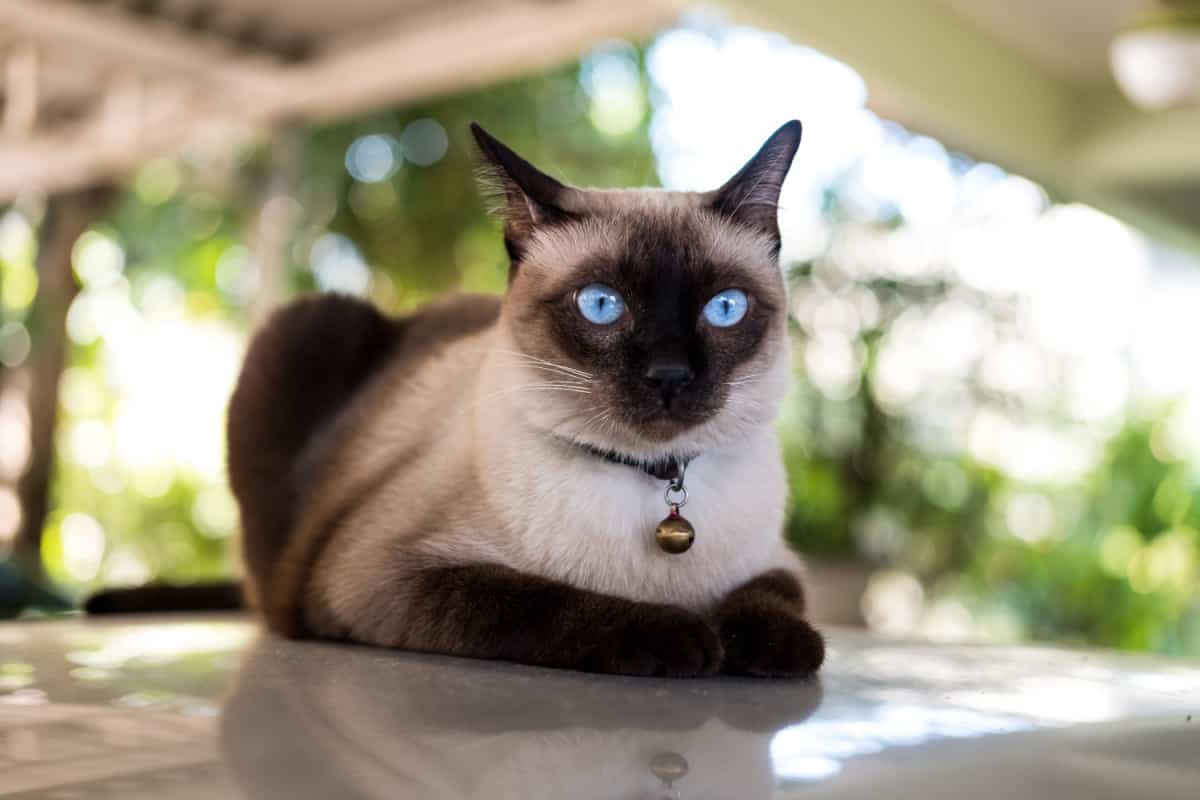
Sphynx Cats
Sponge-bathe regularly to remove excess body oils. Though hairless, Sphynx cats still require careful grooming to keep their skin healthy and free from oils that can irritate.
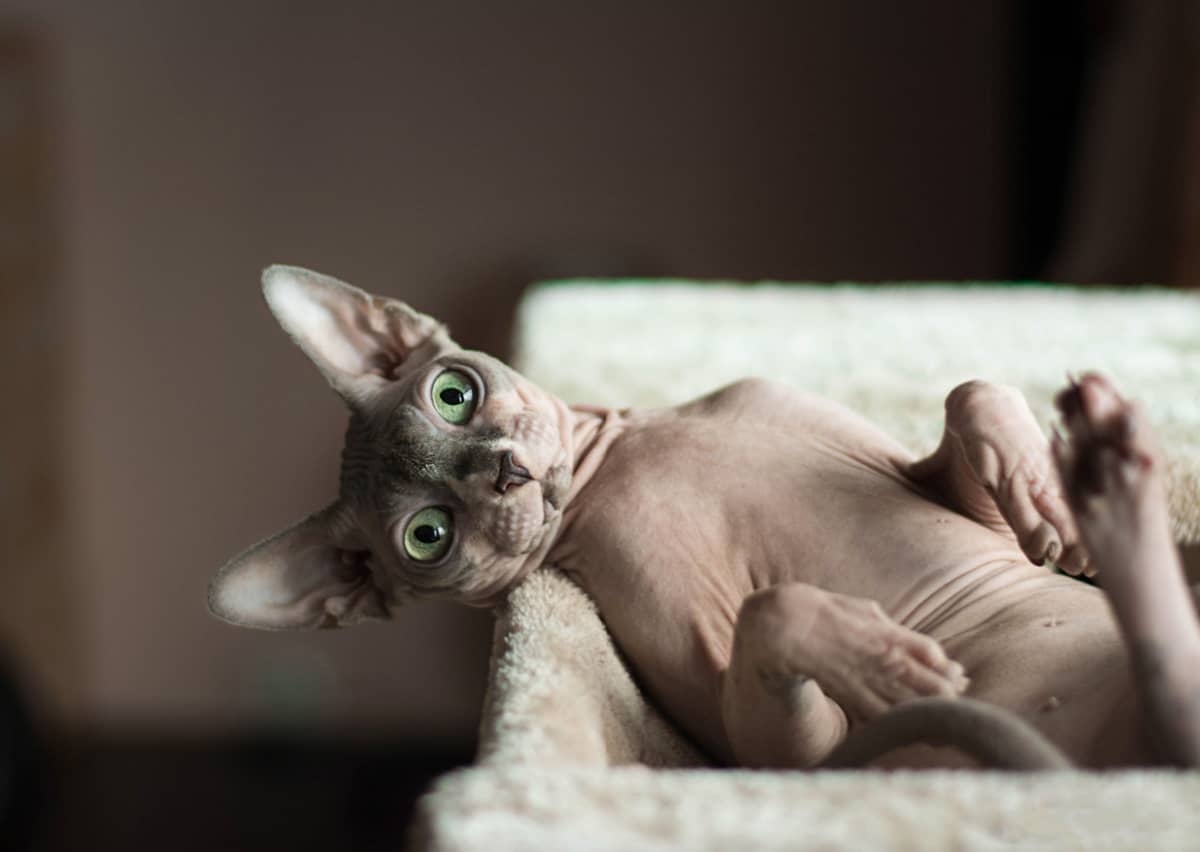
Nurturing Your Cat's Coat for Health and Beauty
In the world of feline care, understanding and nurturing your cat's coat is not just about aesthetics; it reflects their overall well-being.
Maintaining a healthy, vibrant coat requires knowledge, commitment, and love.
Through learning the unique characteristics and needs of different breeds and applying the proper grooming techniques, you become more than just a pet owner; you become a caring companion who contributes to your cat's happiness and health.
Embrace this beautiful aspect of cat care, and watch as your furry friend thrives under your loving touch.
Comments? Leave them using the form below. Questions? Please use the cat forums for those!
Pin this article using the image below so others can also benefit from this helpful information.
SIGN UP FOR THECATSITE'S EMAIL UPDATES >
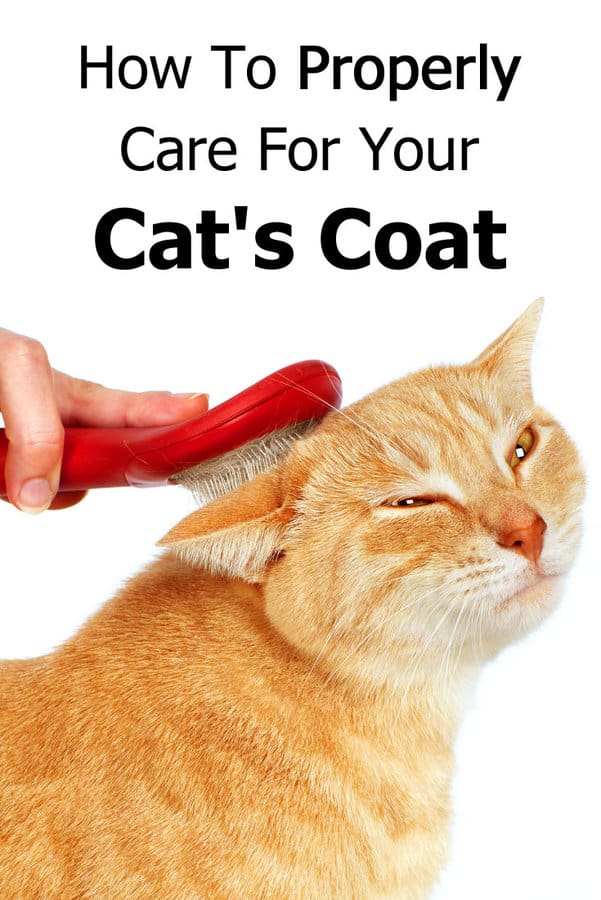
Read more interesting articles we have below.
How To Treat – And Prevent – Hairballs In Cats
The Sphynx Cat: A Comprehensive Overview of This Hairless Marvel
Note: We may get commissions for purchases made through links on this page.



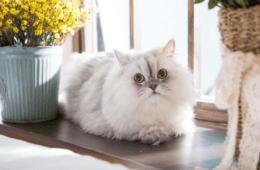
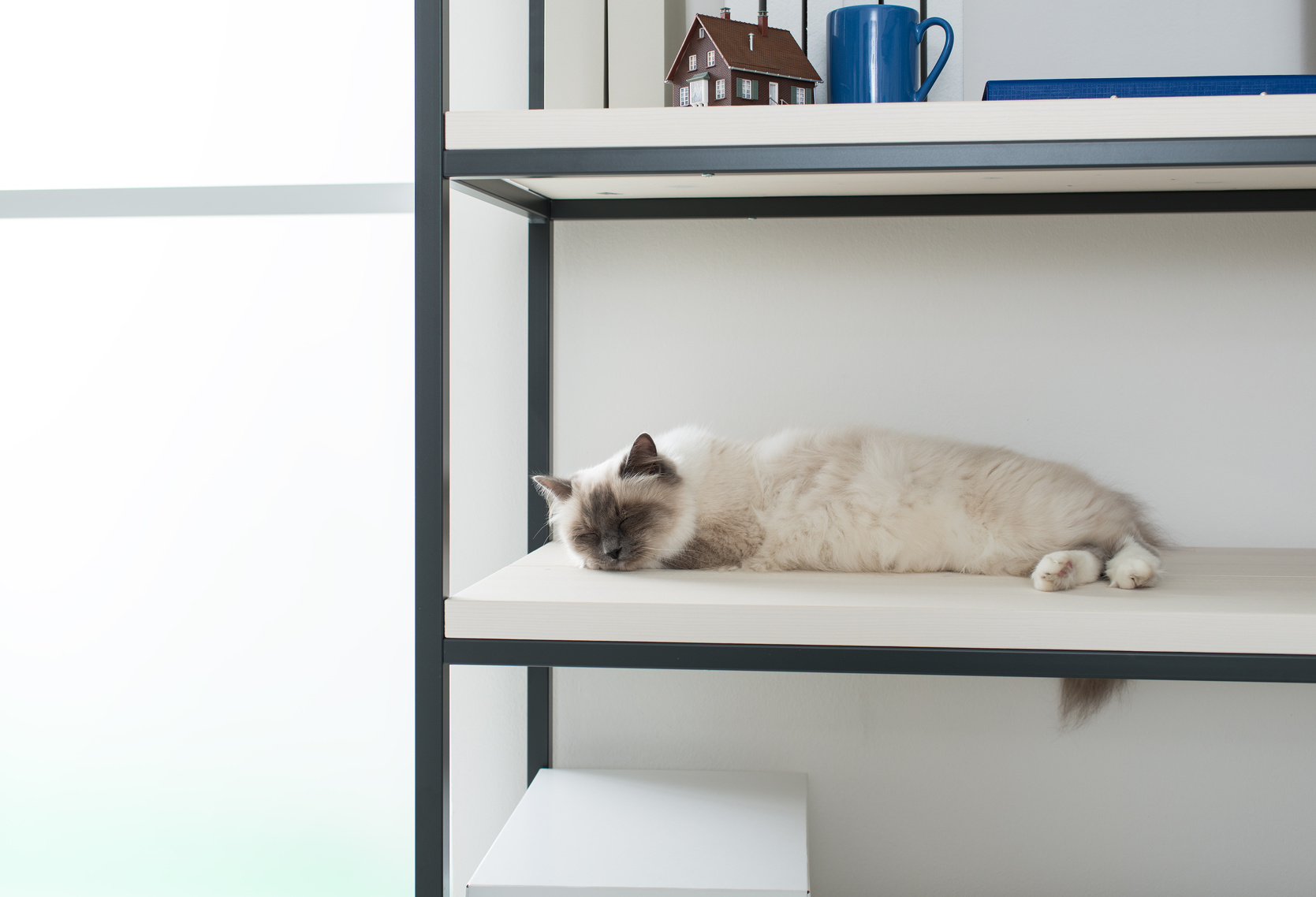
4 comments on “How To Properly Care For Your Cat’s Coat”